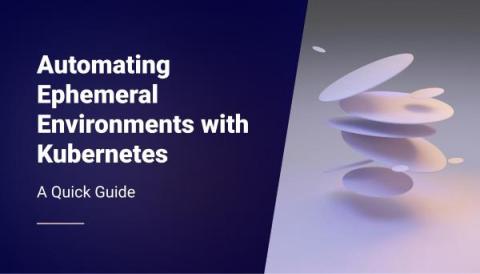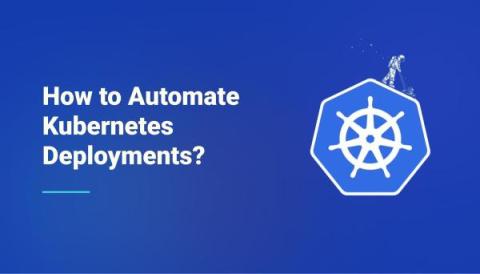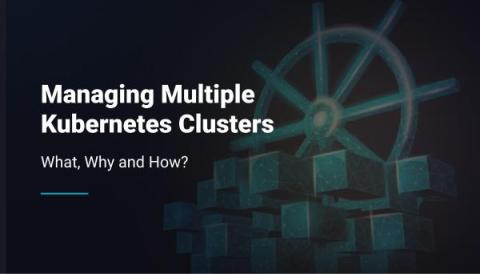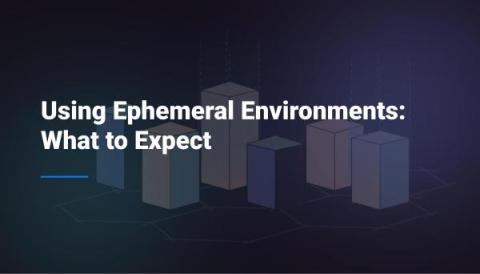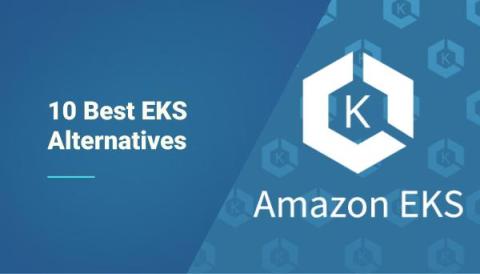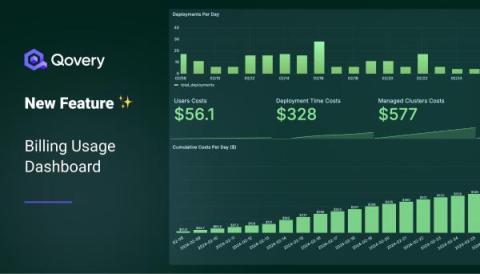Automating Ephemeral Environments with Kubernetes: A Quick Guide
Ephemeral environments are temporary, isolated, but self-contained deployment environments crucial for development and testing within software projects. While I already discussed the basics and benefits of Ephemeral Environments, today I will go through the practical steps of implementing ephemeral environments in your CI/CD pipeline using Kubernetes. I will start with how you can do it with Kubernetes native tools, and how you can automate the ephemeral environments in your CI/CD.


